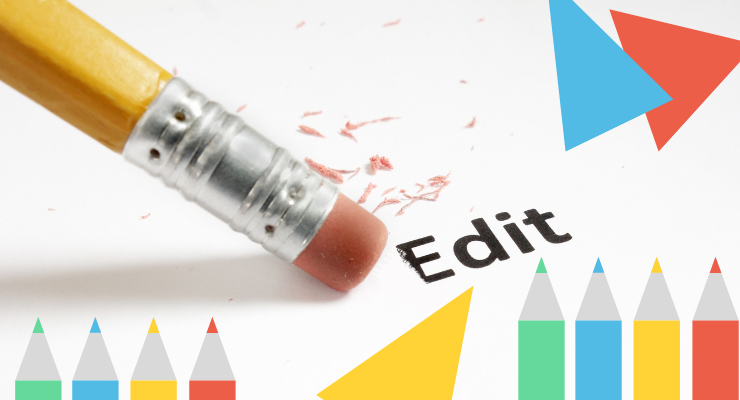For a writer, there is nothing more embarrassing than finding grammar and punctuation mistakes after their work has already been published. Due to the irreversible nature of so many forms of communication media, the shame can haunt the writer for years. This is why the editing process is so important for your yearbook’s final draft. Here are some tips and guidelines for your yearbook editing below:
Lesson 10 – Editing the yearbook
Choosing an Editorial Style
- Editorial style is a set of rules on how to write and format your work so that it’s consistent and professional.
- There are many styles—APA, MLA, Chicago/Turabian—but here we’ll go over some basics of APA style:
- Use italics or quotation marks for titles of books and magazines: “The Great Gatsby.”
- Use ellipses (three periods) at the end of sentences where you’re trailing off or leaving something unsaid: “I didn’t know what I was doing back then…”
- Avoid second-person pronouns like “you” or “we” as much as possible: “We shouldn’t judge people based on their appearance.”
- Do not use all caps (for legibility)
- Avoid the second person
When editing a yearbook, there are some rules to follow.
- Spell check – In addition to whatever built-in spell check you’re working with, we also recommend downloading additional support such as Grammarly. Then, have someone else read your work with fresh eyes.
- Use a thesaurus- Sometimes to bring copy to life, it’s about finding the right synonym.
- Check for clear and concise content.


